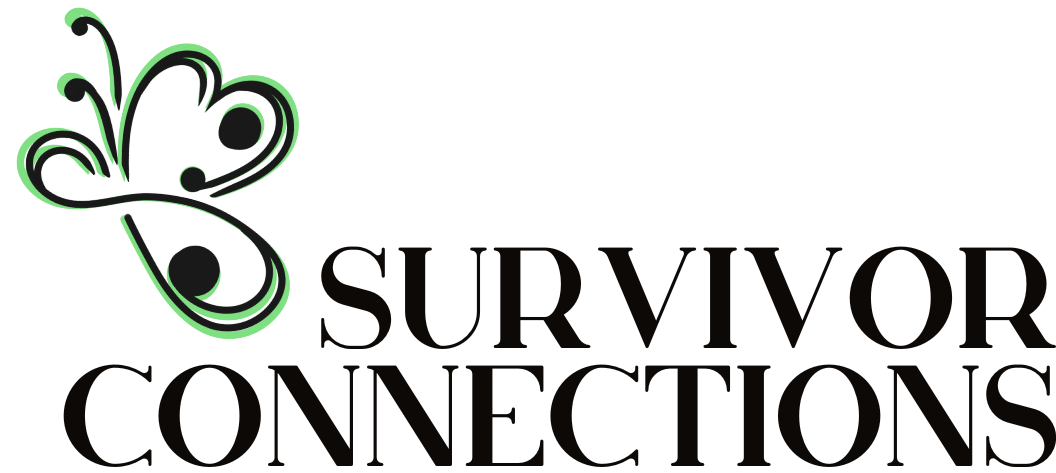Risk Factors
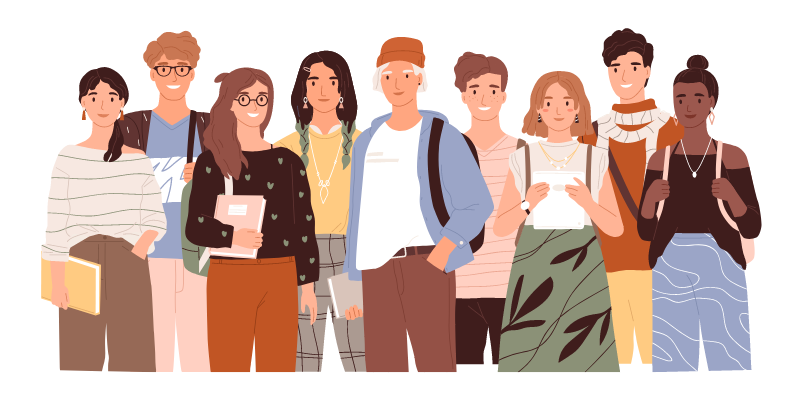
Several groups are at a higher risk for Modern Slavery. Here are some key groups we have found are at an increased risk in Australia and the challenges they face.
Visa Status
International students, backpackers and migrants can face challenges that increase risk of exploitation. Here are some common risk factors survivors have shared with us:

1. Language and cultural barriers
International students, backpackers and migrants may face challenges due to language barriers and unfamiliarity with the local culture. This can make it difficult to understand rights, seek help, or recognize exploitative situations.
2. Limited social networks
Being away from your home country can limit social networks. This isolation can make people more susceptible to exploitation, as it means that you have less support systems or people you can turn to for help.
3. Lack of information
Some survivors have shared that they didn’t know much about legal rights, employment laws, or available resources when they were international students or migrants. This lack of information can be exploited by employers who take advantage of that.
4. Financial stress
International students have to pay almost four times the student fees that domestic students pay, and have restricted work hours. This makes trying to survive financially extremely difficult, but also makes it difficult to report a situation of exploitation you are depending on to survive. People often take advantage of this, forcing students to work in exploitative situations (Sexual servitude, long hours, low wages, or wage theft)
5. Immigration status
Uncertain immigration statuses, such as temporary visas or sponsored visas, can leave international students and migrants more vulnerable to exploitation. Being afraid of being deported or lack of legal protection makes reporting abuse or asking for help very difficult.
6. Lack of support services
People who are not permanent residents or citizens are often not eligible for many of the mainstream support services, making it even harder to get help if they are being exploited.
7. Power imbalance
International students and migrants often have a power imbalance with employers, landlords, or educational institutions because they are dependent on them as sponsors. This power imbalance can be exploited through unfair employment contracts, exploitative housing arrangements, or educational fraud.
8. Deceptive recruitment and Debt bondage
Some survivors have shared with us that they were deceived when they were recruited for study or work. They found themselves exploited because they were told they had to pay off a debt for student fees or costs involved in coming to Australia.
9. Discrimination and racism
Often international students and migrants experience discrimination and racism that make it more difficult to find work, housing and limits access to equal opportunities.
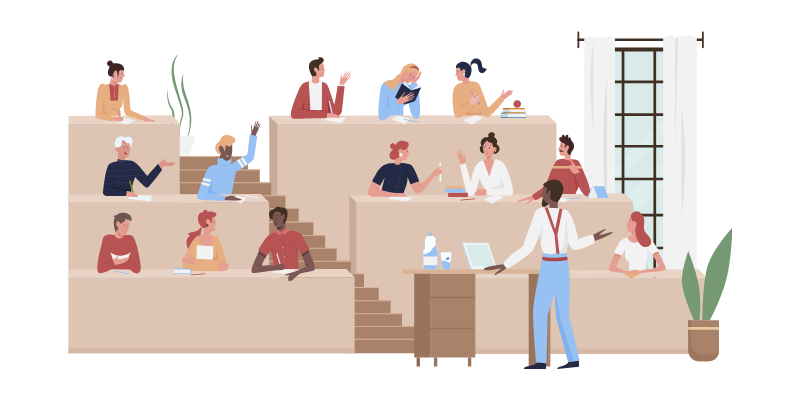
Cults and high control groups
Many cults or high control groups run businesses that profit from controlling and exploiting their members.
Click on the boxes to learn what survivors have shared about the relationship between high control groups and exploitation:
1. Manipulation and mind control
Cults often use manipulation, deceptive recruiting, mind control, and coercive control. Isolation, sleep deprivation, love bombing, and constant indoctrination are some of the ways they make people more susceptible to exploitation.
2. Financial exploitation
Cults often pressure people to make financial contributions or donations. They may coerce people into giving large sums of money, selling their assets, or going into debt to support the cult's activities or the lifestyle of its leaders.
3. Exploitative labour practices
Some cults may employ their members in exploitative labour practices, using their skills and labour. Members may be made to work long hours, often under harsh conditions, and without appropriate rest or pay.
4. Emotional and psychological abuse
Cults create intense feelings of dependency, fear, and a sense of guilt. Emotional manipulation, psychological abuse, and forcing people to cut ties with family and friends outside the cult are all ways in which they make people feel trapped.
5. Sexual exploitation and abuse
Some cult leaders may engage in sexual exploitation and abuse, coercing or manipulating members into sexual relationships or engaging in other forms of sexual misconduct. This can include sexual servitude, forced marriages, and sexual abuse/assault.
6. Loss of autonomy and personal Identity
Cults try to control every aspect of their members' lives, including their thoughts, beliefs, behaviours, and personal choices. Members may lose their autonomy and individual identity, becoming dependent on the cult and its leaders for decision-making.
7. Neglecting health needs
Cults may discourage or prevent their members from seeking medical attention or treatment, promoting alternative or pseudoscientific practices instead. This can put people's health at risk, as well as limiting access to identification and help if they are in a situation of modern slavery.
8. Alienation from society
Cults isolate their members from mainstream society, encouraging them to cut ties with family, friends, and outside support networks. This isolation makes it harder for people seek help or escape the exploitative environment.
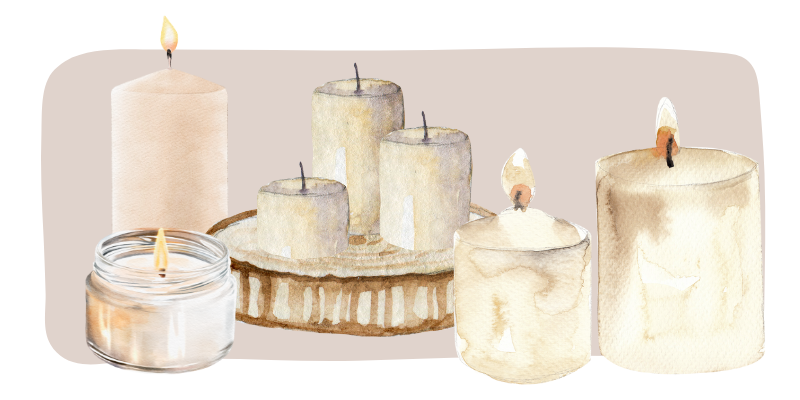
Domestic Violence
Survivors shared that they experienced domestic violence relationships either before or after their experiences of exploitation.
The things that made us vulnerable to domestic violence relationships, also made us a target to perpetrators in modern slavery situations.
Some survivors have shared that the social isolation and financial stress from domestic violence relationships were also part of why they were groomed into a situation of exploitation.
Survivors have also shared that those things were also an issue after escaping from a situation of exploitation, and have sometimes resulted in other situations of domestic violence.
Click on the boxes to learn more about the risk factors our survivors wanted to share:
1. Coercion and control
Both domestic violence and modern slavery involve the use of coercion, control, and exploitation. In domestic violence, an abuser exercises power and control over their intimate partner, often through physical, emotional, or financial abuse. In modern slavery, traffickers or exploiters use various forms of coercion, such as threats, violence, or manipulation, to control and exploit people.
2. Overlapping vulnerabilities
Some people are sensitive to the word 'vulnerability' and it's important to say that it isn't anyone's fault for being vulnerable in certain ways. Its a perpetrator taking advantage of vulnerability that is the issue. Vulnerability can arise from a wide range of things, physical, sexual and psychological trauma, limited social support networks, family breakdown, isolation due to visa or migration stress, disadvantage because of discrimination against race, gender, sexuality, or identity, previous domestic violence, financial abuse, or a history of being victimised by others in our lives are all things that perpetrators have weaponised against us.
3. Forced labor, sexual exploitation, forced marriage within domestic settings
Perpetrators of trafficking or modern slavery sometimes have intimate partner relationships with the person they are victimising. That could be a partner who forces you to work long hours, perform unpaid household tasks, or engage in other forms of labor without consent. They might force you to engage in sex work against your will (known as the 'loverboy model' of sexual exploitation), or you may be forced into a marriage.
4. Cultural and ideological factors
In some cases, cultural expectations and gender inequalities can contribute to vulnerabilities to modern slavery and domestic violence. Extreme religious ideologies or cultic groups sometimes engage in forced marriage practices.
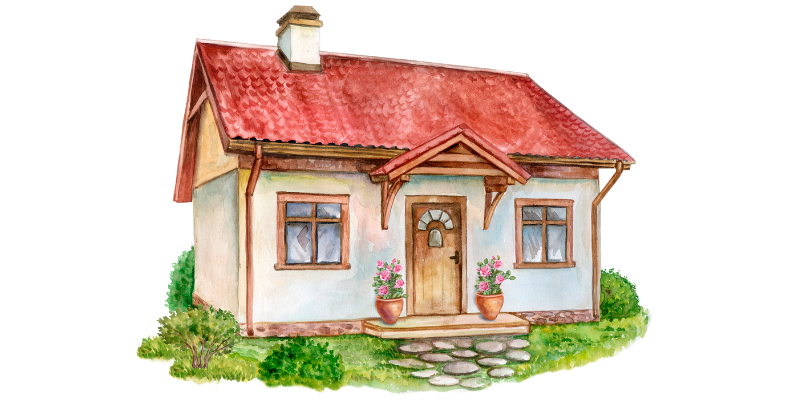
Age
Age can be a significant risk factor for exploitation. Both children and older adults are particularly vulnerable to exploitation for different reasons:
Children
Age and developmental stage
Age and developmental stage affect a child's ability to communicate or understand inappropriate behavior
Power imbalance
Children inherently have less power than adults, which makes them more susceptible to abuse. Perpetrators exploit this power imbalance to manipulate and control children
Limitations on knowledge and awareness
Knowledge of the world and what is presented as 'normal' to a child, is heavily influenced by environment or by caregivers. If abuse is presented as 'normal', a child may not know how to name or communicate what is happening.
Dependency on caregivers
Children rely on adults for their basic needs, care, and protection. This dependency can be exploited by people in positions of trust and authority, such as parents, relatives, teachers, or caregivers.
Family dynamics and dysfunction
Dysfunctional family environments, including parental substance abuse, mental health issues, domestic violence, or neglect, can increase a child's vulnerability to abuse. It can also increase social isolation or a need for care that perpetrators can exploit.
Online risks
Children are at higher risk of online exploitation, grooming, and cyberbullying. Lack of digital literacy, privacy protection, and parental supervision, or social isolation can make children more susceptible to online grooming. Often content showing the exploitation or abuse of children is disseminated online.
Older Adults
Physical frailty
As people age, they may experience physical limitations and health issues, making them more dependent on others for daily activities and care. Perpetrators may exploit their dependence to gain control over their lives or coerce them into harmful situations.
Cognitive decline
Cognitive impairments, such as dementia or Alzheimer's disease, can impact an older adult's ability to make judgments and decisions. Perpetrators may take advantage of this to manipulate or deceive them into giving away money or property, signing documents they don't understand, or engaging in other exploitative activities.
Isolation
Many older adults experience social isolation due to factors such as living alone, loss of friends and family, or limited mobility. This means they have fewer people to confide in or seek help from, making them easier targets for exploitation.
Dependency on others for care and support
Older adults may rely on family members, caregivers, or others for their daily needs, such as financial management, medical care, or assistance with household tasks. Perpetrators may position themselves as caregivers or trusted helpers and then take advantage of the dependence relationship for personal gain.
Financial control and access
Perpetrators may exert control over an older adult's finances, limiting their access to money or property and effectively isolating them from the resources they need to protect themselves.
Grief and bereavement
After the loss of a spouse or other loved ones, older adults may experience greater vulnerability. Perpetrators may exploit their grief and social isolation by offering false comfort and then exploit them.
Lack of awareness and education
Some older adults may not be well-informed about the risks of exploitation or the tactics used by perpetrators. They may be more trusting or less skeptical of suspicious offers, leaving them susceptible to manipulation and deception.
Communities can address the risks for exploitation by working together. By supporting each other and raising awareness, we can create a safer environments for everyone, and protect those who are most vulnerable from falling victim to exploitation.
Find out more about exploitation, human trafficking and modern slavery:

